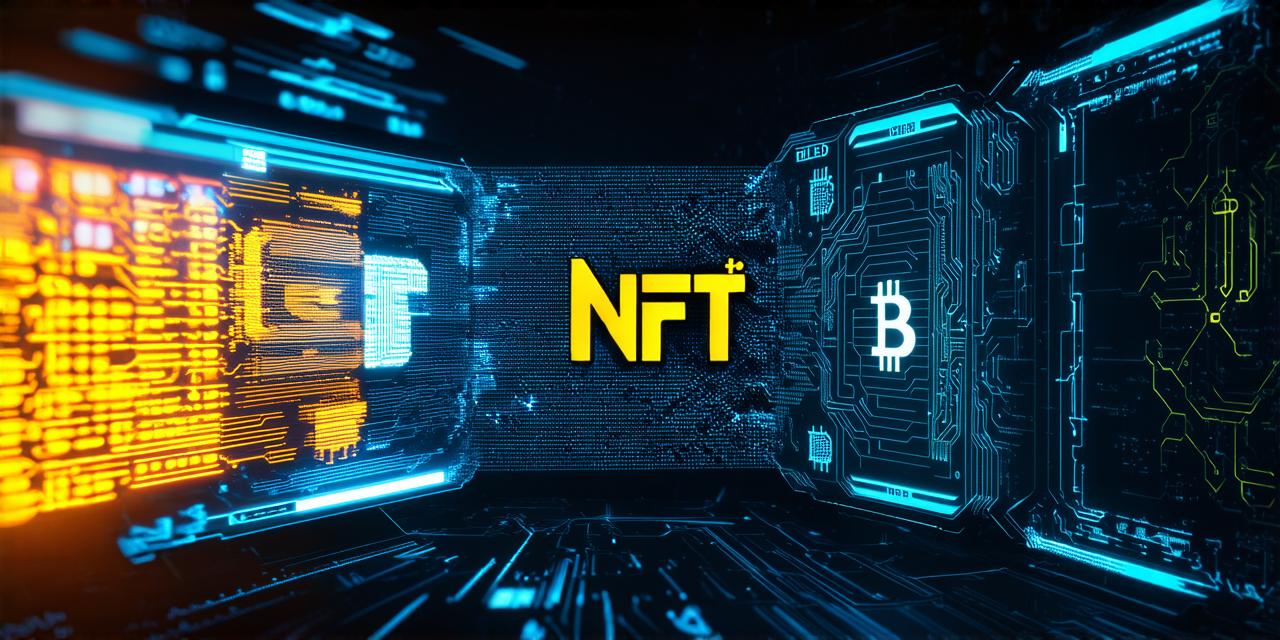1. Creating the NFT
The first step in selling an NFT is to create it. This involves designing the asset, choosing the blockchain platform, and minting the token. The cost of creating an NFT will depend on several factors, including the complexity of the asset, the blockchain platform you choose, and the level of expertise required.
For example, if you’re creating a simple game item such as a skin or a weapon, you can use platforms like OpenSea or Rarible that offer drag-and-drop tools for designing and minting NFTs. These platforms usually charge a small fee for their services, typically between 1% and 5%.
On the other hand, if you’re creating a more complex asset such as a game world or a character, you may need to hire a team of developers with specialized skills. This can be expensive, but it will also give you greater control over the final product and ensure that it meets your quality standards.
2. Storing the NFT
Once you’ve created your NFT, you’ll need to store it on a blockchain. The cost of storing an NFT will depend on the blockchain platform you choose and the amount of data you need to store.
For example, Ethereum is one of the most popular platforms for creating and selling NFTs. It charges a fee for every transaction on its network, which includes storing an NFT. The fee can vary depending on the network congestion and the complexity of the asset.
Another option is IPFS (InterPlanetary File System), which is a decentralized file system that allows you to store and retrieve data across a network of computers. IPFS is free to use, but it requires more technical expertise to set up and manage.
3. Marketing the NFT

Marketing your NFT is crucial for attracting buyers and generating interest in your asset. There are several ways to market an NFT, including social media, influencer collaborations, and traditional advertising.
The cost of marketing an NFT will depend on the channels you choose and the level of exposure you need. For example, social media platforms like Twitter and Instagram can be cost-effective for reaching a large audience, while influencer collaborations can be expensive but highly effective for reaching niche audiences.
Traditional advertising can also be an option, but it can be expensive and may not be the best choice for smaller projects. In some cases, you may be able to get free exposure by pitching your NFT to relevant media outlets or participating in community events.
4. Legal and Regulatory Fees
There are several legal and regulatory fees that you need to be aware of when selling an NFT. These include transaction fees, royalties, and taxes.
Transaction fees will depend on the blockchain platform you choose and the complexity of your asset. For example, if you’re using Ethereum, you may need to pay a gas fee for every transaction on its network. The gas fee can vary depending on network congestion and the amount of data you need to store.
Royalties are another important consideration when selling an NFT. If your asset generates income, you may be required to pay royalties to any creators or licensors involved in its creation. The cost of royalties will depend on the terms of your contract and the jurisdiction where you’re located.
Finally, taxes will depend on the location of both the buyer and the seller. In some countries, NFTs may be subject to capital gains tax or other taxes. You’ll need to consult with a tax professional to understand your obligations and ensure that you’re in compliance with local laws.
